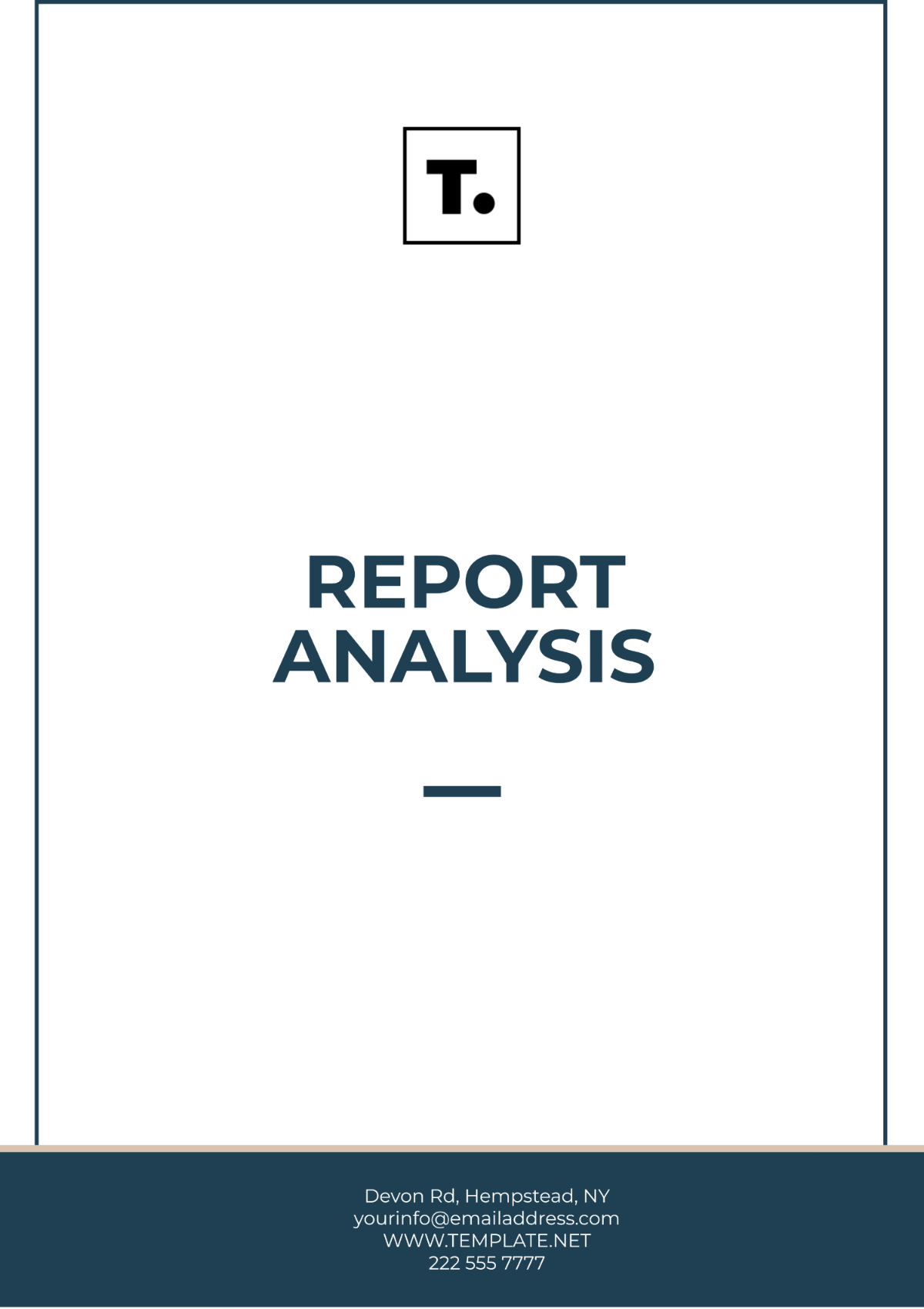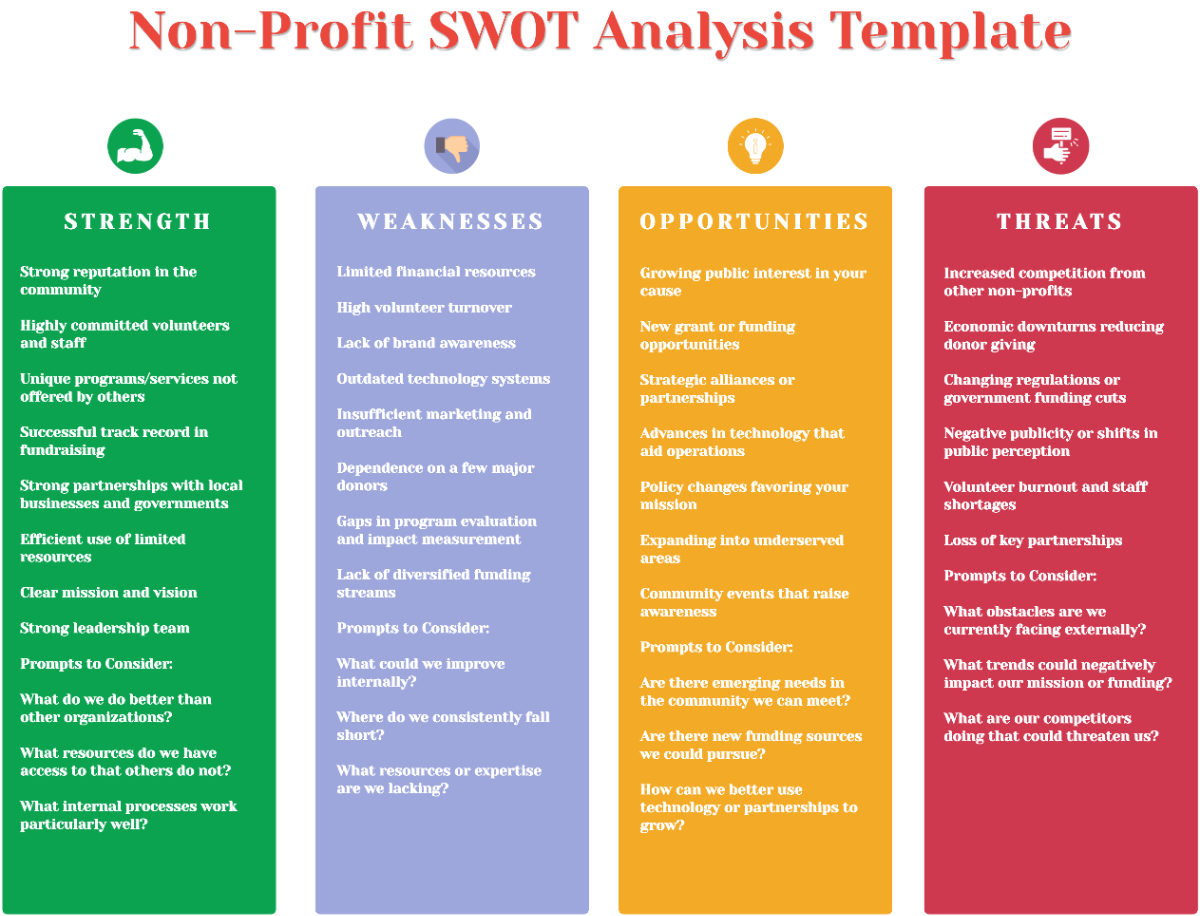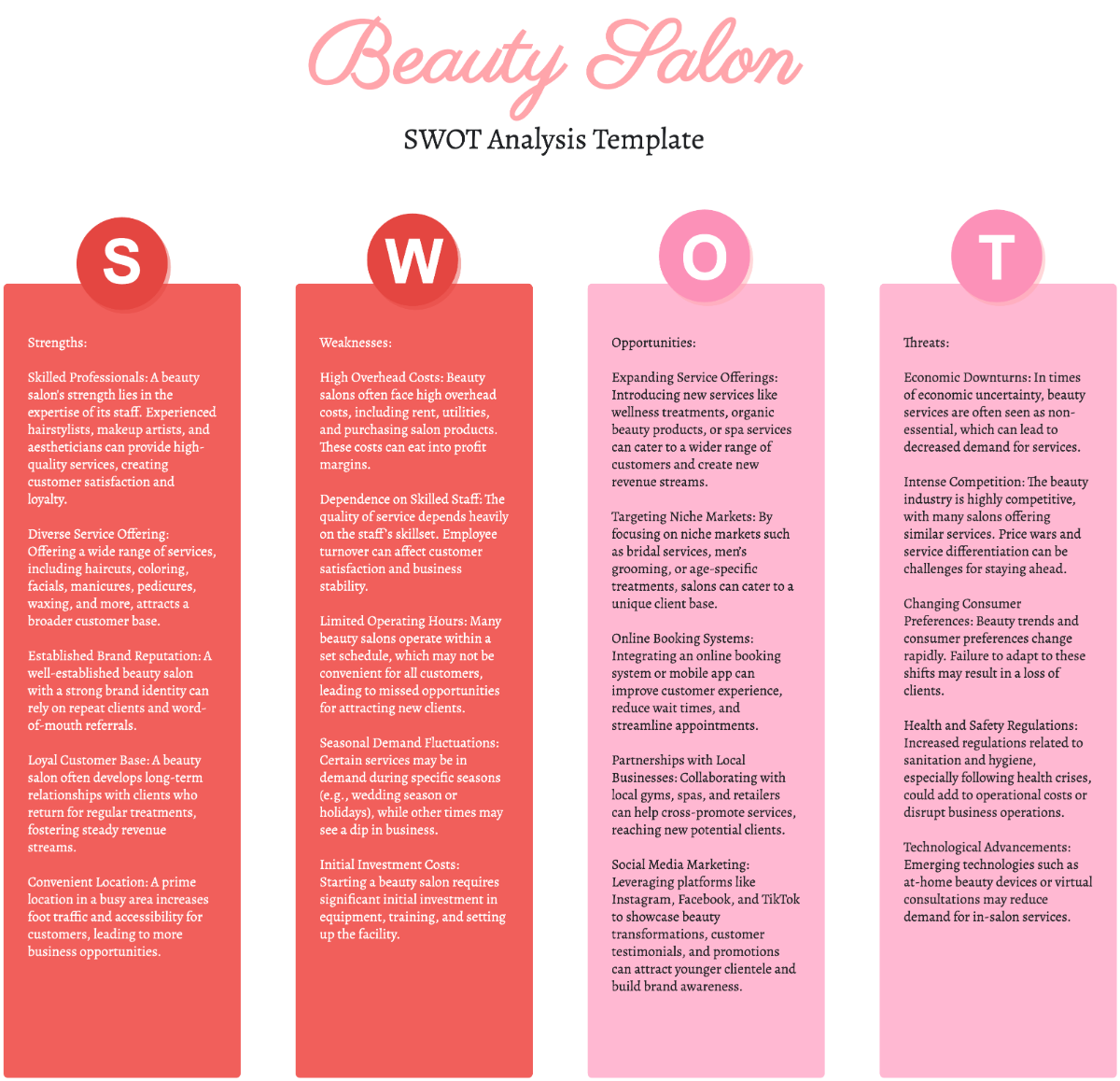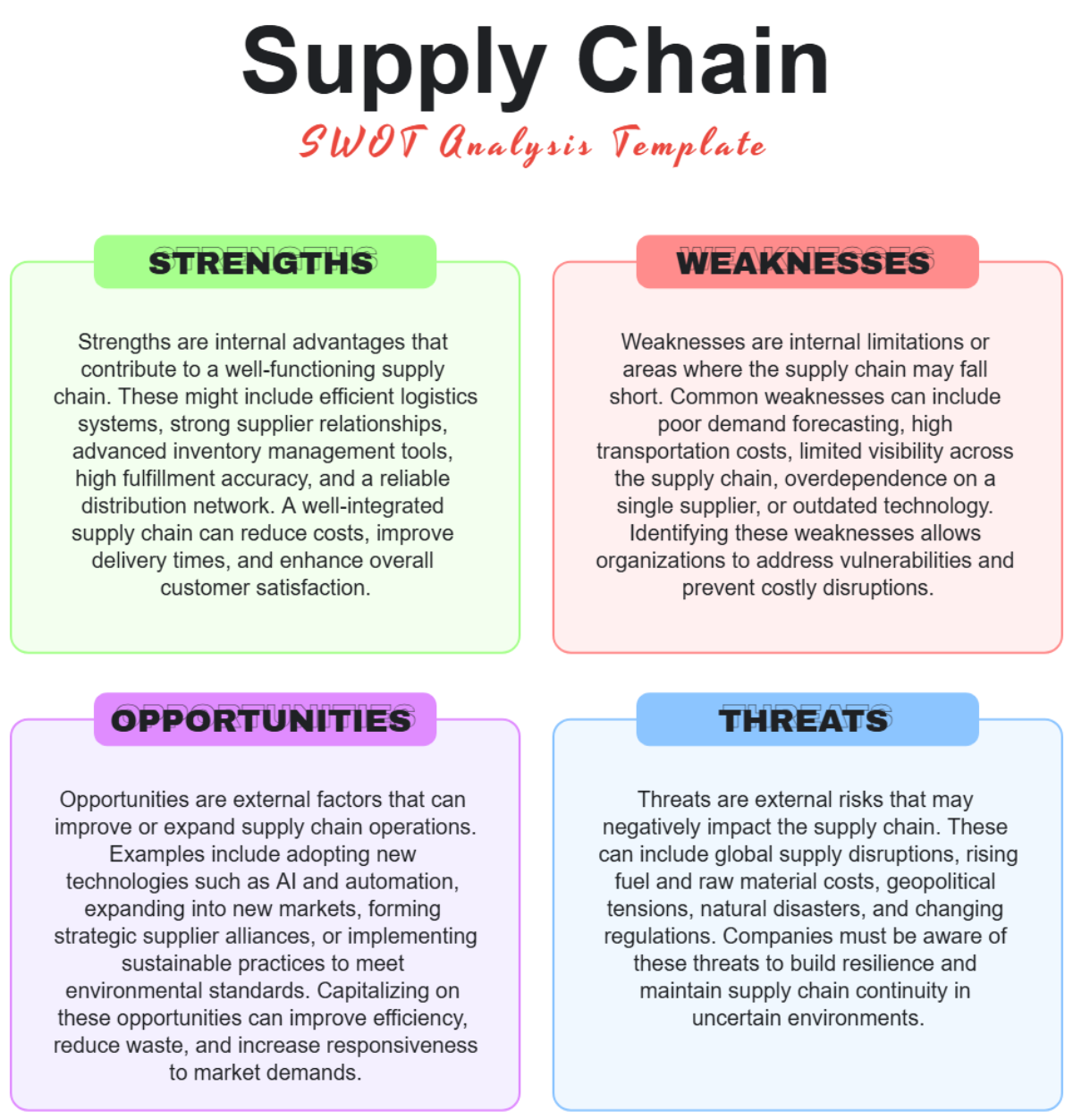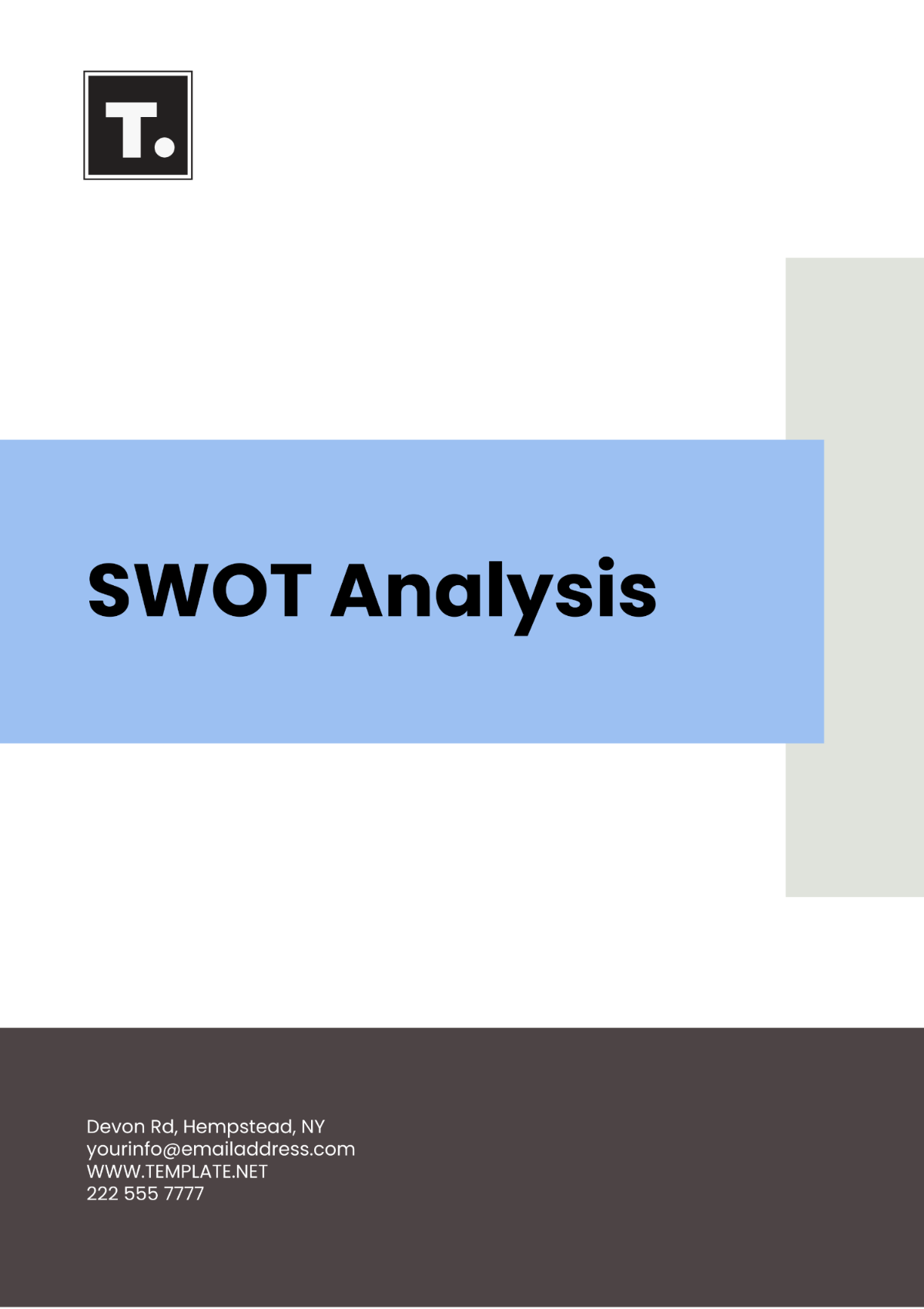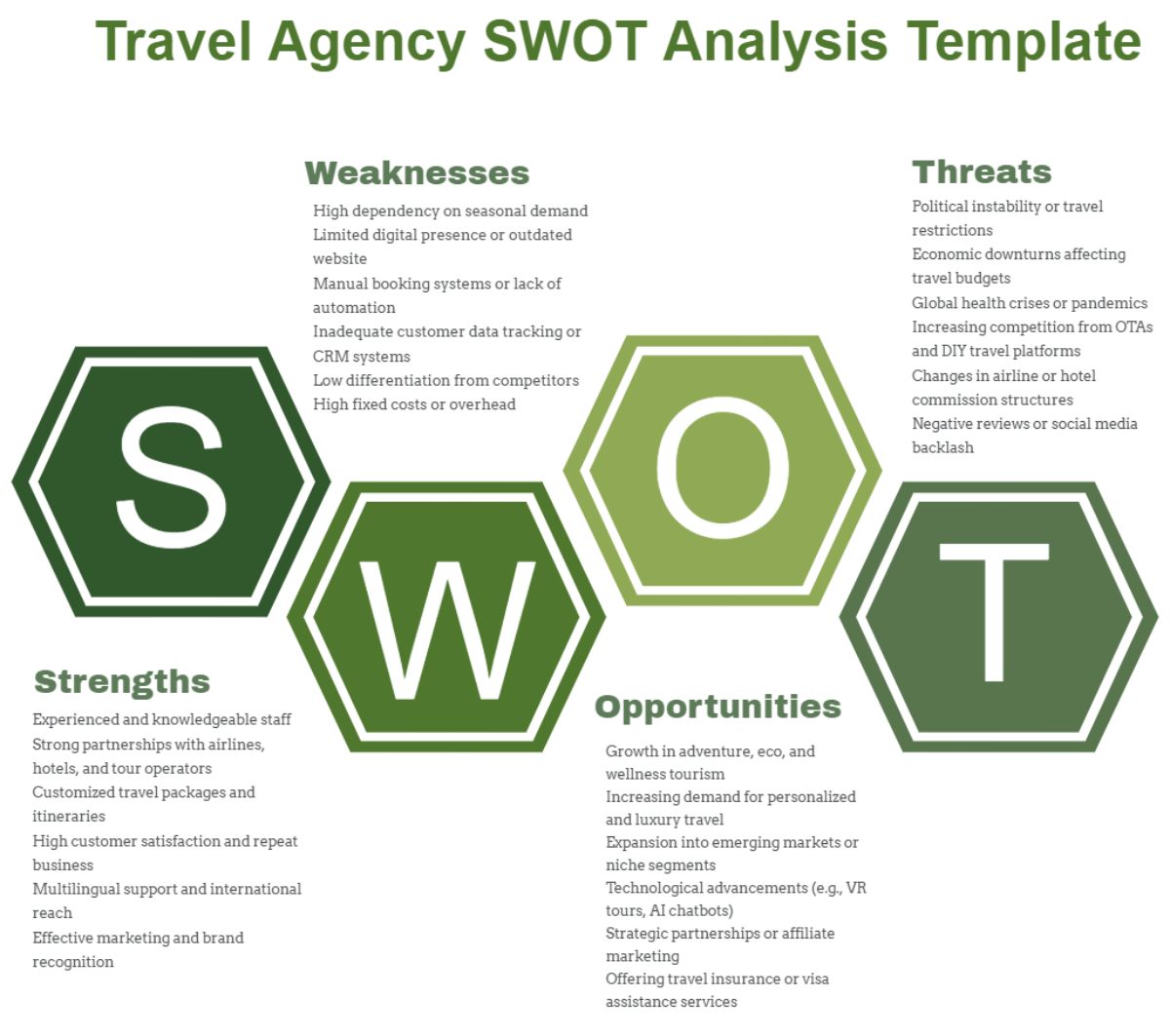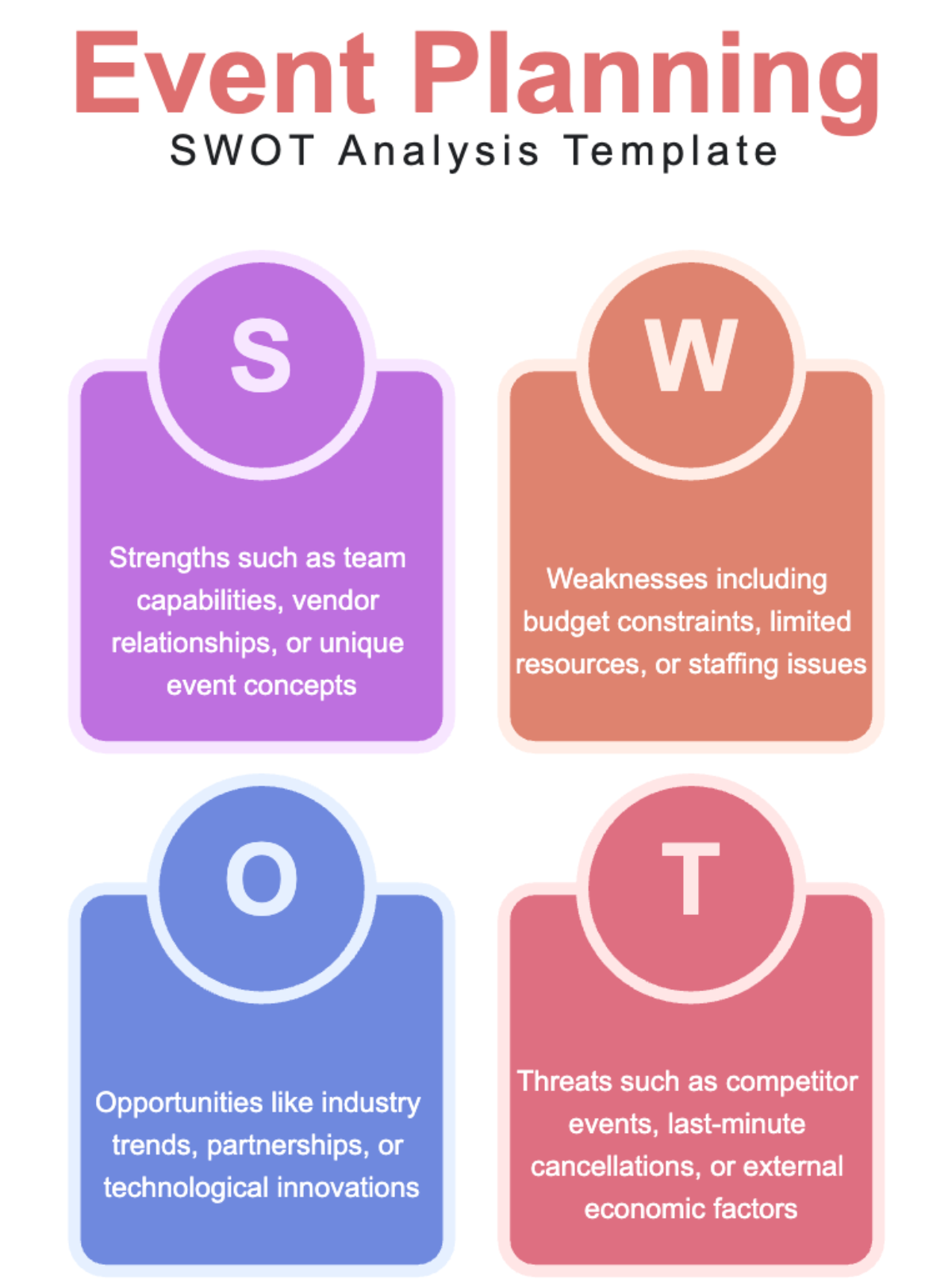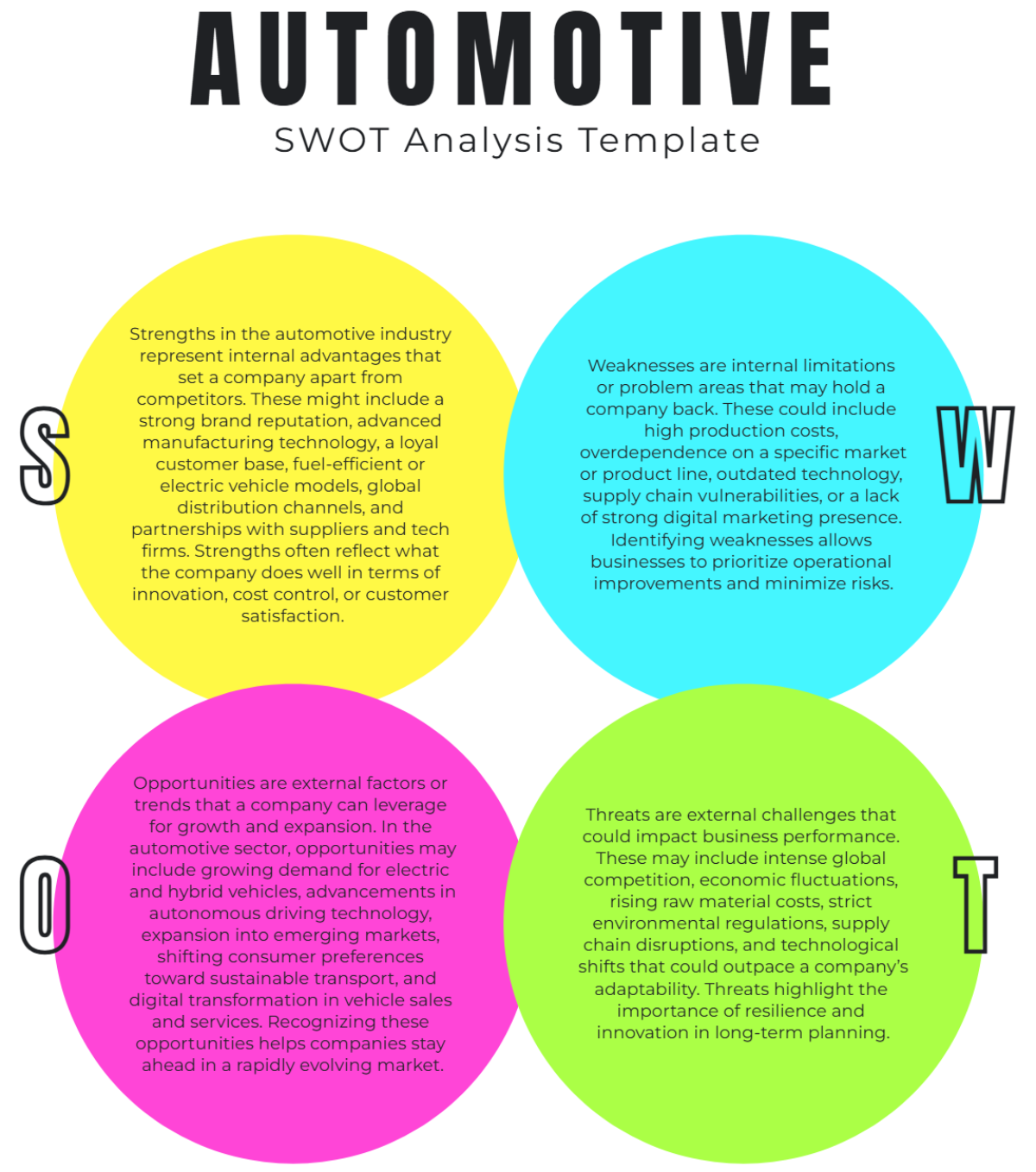Free Cafe Competitive Analysis Template
Cafe Competitive Analysis
I. Introduction
Our competitive analysis aims to provide insights into the competitive landscape of the cafe industry in our target market. We will examine key competitors to understand their market positioning, product offerings, pricing strategies, and marketing tactics. This analysis will help us identify opportunities for differentiation and develop strategies to enhance our competitive advantage.
II. Market Overview
The cafe industry is experiencing a trend towards healthier and more sustainable options, with an increasing focus on organic and locally sourced ingredients. There is also a growing demand for convenient and efficient service options, such as online ordering and delivery. The cafe industry in our target market is estimated to be worth $9 billion and is projected to grow at a CAGR of 25% over the next five years.
Consumers in our target market value high-quality coffee and food, a welcoming atmosphere, and excellent customer service. They also appreciate unique and creative menu offerings.
III. Competitor Identification
Competitor | Market Share (%) | Strengths | Weaknesses |
|---|---|---|---|
Strong brand presence | Limited seating capacity | ||
Locally sourced ingredients | Limited marketing efforts | ||
Excellent customer service | High employee turnover |
Competitor A has a strong market share due to its established brand and wide menu variety, but it may struggle with limited seating and higher prices compared to others. Competitor B focuses on using locally sourced ingredients and creating a cozy ambiance, which resonates well with consumers. However, they may need to expand their menu and increase marketing efforts. Competitor C differentiates itself with excellent customer service and a convenient location, but they face challenges with employee turnover and maintaining consistent quality.
IV. Competitive Analysis
A. Market Positioning
Competitor A: Positioned as a premium cafe with a focus on quality and variety.
Competitor B: Positioned as a cozy, neighborhood cafe with a commitment to using locally sourced ingredients.
Competitor C: Positioned as a convenient and customer-focused cafe, offering quick service and a welcoming atmosphere.
B. Product Offerings
Product/Service | Our Cafe | Competitor A | Competitor B | Competitor C |
|---|---|---|---|---|
Coffee Selection | Wide variety | Wide variety | Limited | Standard |
Food Menu | Diverse | Extensive | Limited | Standard |
Specialty Drinks | Unique | Standard | Limited | Limited |
Healthy Options | Available | Limited | Available | Limited |
Our cafe offers a diverse and unique menu, catering to a wide range of tastes. Competitor A and B have strong coffee selections, but Competitor B lacks variety in their food menu. Competitor C focuses on convenience and quick service but has a limited menu compared to others.
C. Pricing Strategy
Product/ Service | Our Price ($) | Competitor A ($) | Competitor B ($) | Competitor C ($) |
|---|---|---|---|---|
Espresso | 2.50 | 3.00 | 2.75 | 2.50 |
Latte | 4.00 | 4.50 | 4.25 | 4.00 |
Sandwich | 8.00 | 9.00 | 8.50 | 8.00 |
Salad | 10.00 | 11.00 | 10.50 | 10.00 |
Our cafe's pricing is competitive, aligning with or slightly below competitors' prices for similar items. Competitor A tends to have higher prices, positioning themselves as a premium option. Competitor B and C have comparable prices, but Competitor B's limited menu may affect overall value perception.
D. Marketing and Promotion
Competitor A: Focuses on social media collaborations with influencers.
Competitor B: Relies on word-of-mouth and local community events.
Competitor C: Utilizes loyalty programs and discounts to retain customers and attract new ones.
E. Customer Experience
Aspect | Competitor A | Competitor B | Competitor C |
|---|---|---|---|
Quality of Service | High | Moderate | High |
Ambiance | Modern | Cozy | Welcoming |
Speed of Service | Moderate | Slow | Fast |
Overall Customer Satisfaction | 4.5/5 | 4.0/5 | 4.5/5 |
Competitor A and C excel in customer service and overall satisfaction, while Competitor B lags slightly behind. Competitor B's slow speed of service may impact customer experience negatively, despite their cozy ambiance.
V. SWOT Analysis
Aspect | Competitor A | Competitor B | Competitor C |
|---|---|---|---|
S | Brand presence | Locally sourced | Customer service |
W | Seating capacity | Limited menu | High employee turnover |
O | Expand menu | Expand menu | Improve retention |
T | Competition | Competition | Rising costs |
In assessing the competitive landscape, Competitor A distinguishes itself with a strong brand presence, focusing on locally sourced ingredients, while Competitor B struggles with high employee turnover despite having a limited menu. Competitor C faces challenges due to rising costs and is aiming to improve retention by expanding its menu.
VI. Strategic Implications
A. Strengths and Weaknesses
Our cafe's strengths lie in our diverse and unique menu offerings, competitive pricing, and focus on customer experience. However, we may have weaknesses in terms of limited brand awareness and the need to expand our online presence.
B. Opportunities for Differentiation
To differentiate ourselves from competitors, we can focus on expanding our healthy menu options, improving our online ordering system, and enhancing our customer loyalty program.
C. Threats and Mitigation Strategies
Potential threats to our cafe include increasing competition and economic uncertainty. To mitigate these threats, we can invest in marketing and promotional campaigns to increase brand awareness, closely monitor customer feedback to address any issues promptly, and maintain a strong focus on cost control to weather economic challenges.
VII. Recommendations
Based on the SWOT analysis and competitive assessment, we recommend the following strategies to enhance our competitive position in the market:
Menu Expansion: Introduce new and innovative menu items to attract a wider range of customers and differentiate ourselves from competitors.
Online Presence: Improve our online presence through social media marketing, online ordering, and delivery services to reach more customers and increase convenience.
Customer Experience: Focus on enhancing our customer service and maintaining consistent quality to retain existing customers and attract new ones.
Marketing Campaigns: Launch targeted marketing campaigns to increase brand awareness and promote our unique offerings.
Cost Control: Implement cost-control measures to mitigate the impact of rising costs and maintain competitive pricing.
VIII. Conclusion
Our competitive analysis has provided valuable insights into the strengths, weaknesses, opportunities, and threats present in the cafe market. By implementing the recommended strategies, we believe we can strengthen our position and achieve greater success. Our next steps include implementing these recommendations, closely monitoring market trends, and continuously adapting to meet the evolving needs of our customers.



